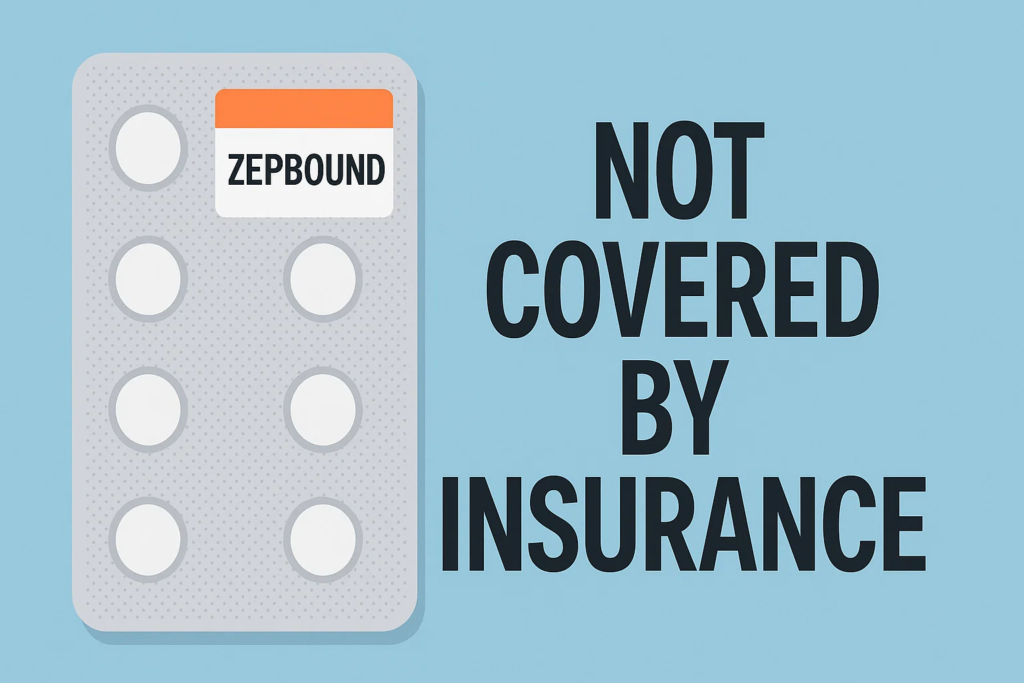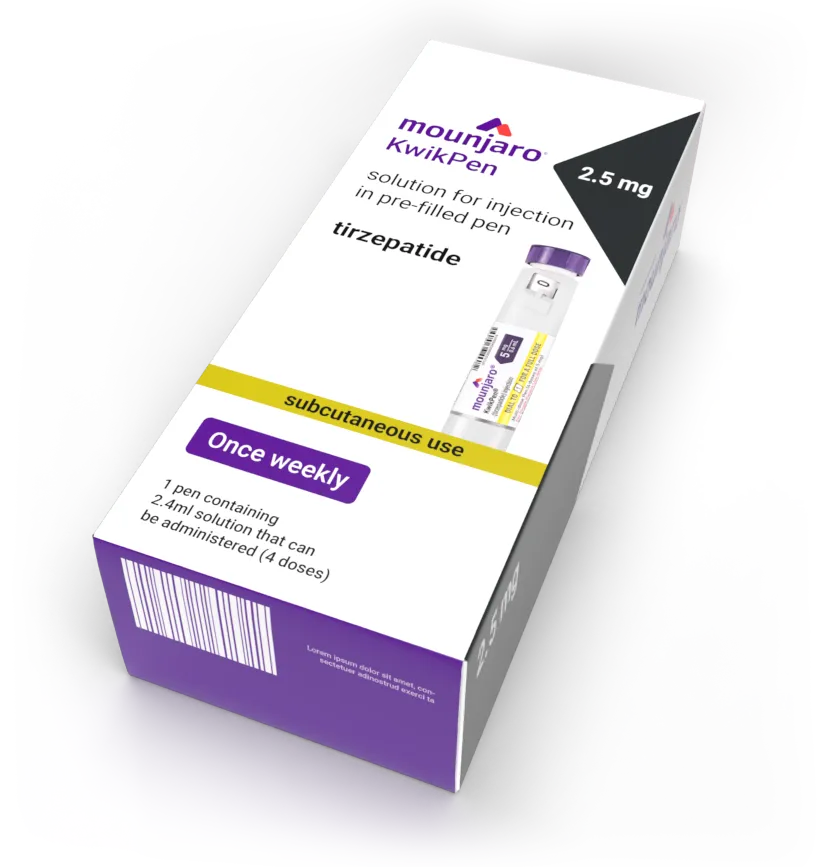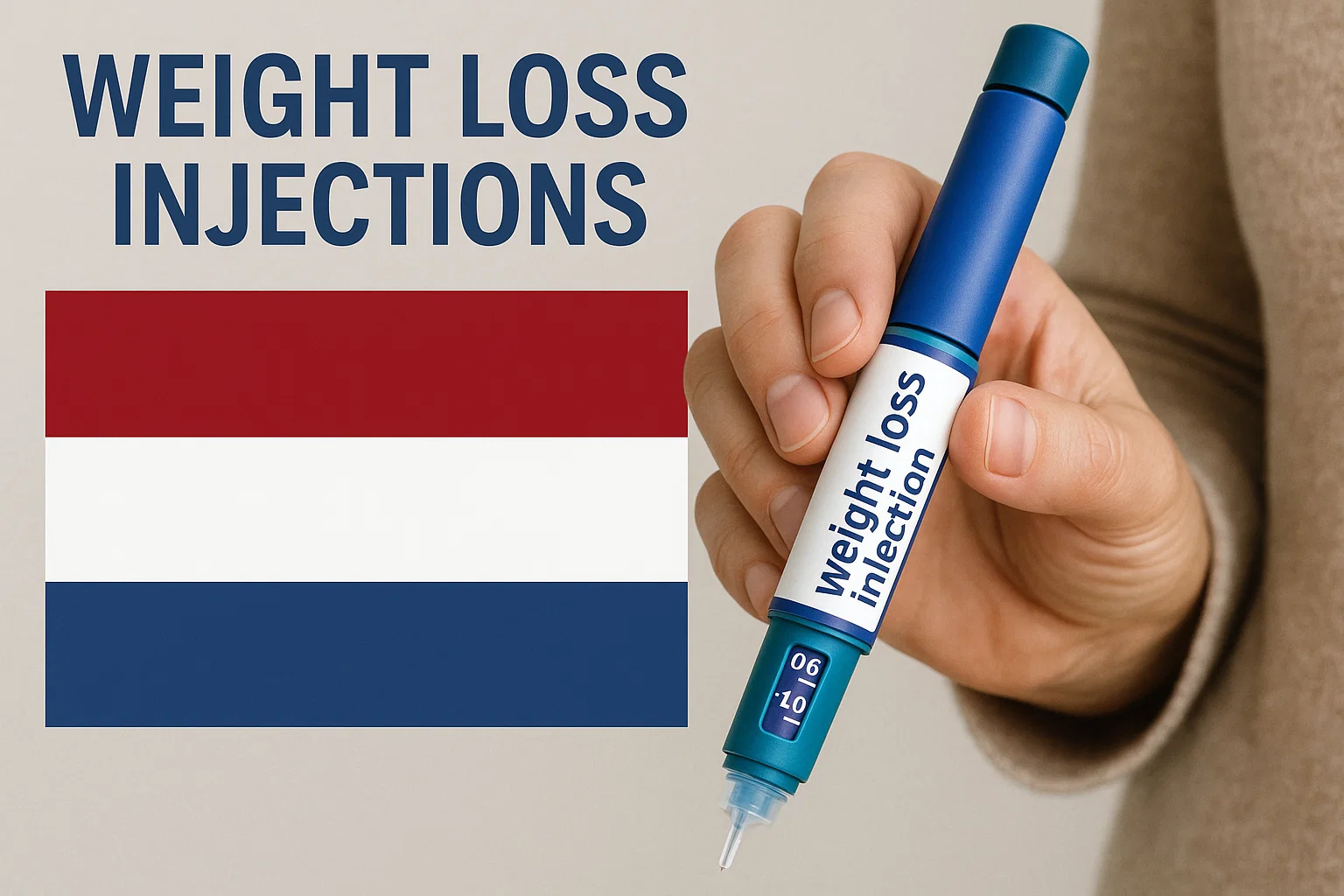Imagine finally finding a weight loss drug that actually works—you feel more in control, your cravings disappear, and your doctor is cheering you on. Then… BAM. The pharmacy drops a bomb: it’s over $1,000 a month, and your insurance flat-out refuses to cover it. zepbound not covered by insurance
Yep, Zepbound not covered by insurance is the cruel plot twist no one wants. And if you’re navigating that exact situation, you’re not alone. Millions of Americans are hitting this frustrating wall where science moves fast, but insurance plans are stuck in the stone age.

Let’s dive into what really happens when Zepbound and insurance don’t mix, how people are coping, and how you can fight back—with practical tips, personal stories, and a touch of humor (because we need it).
What Is Zepbound, and Why Do People Want It So Badly?
Before we get too deep, here’s a quick refresher: Zepbound (tirzepatide) is a GLP-1 and GIP receptor agonist. That sounds super scientific, but in simple terms, it mimics gut hormones that help regulate appetite, slow digestion, and improve insulin response. zepbound not covered by insurance
Originally developed as Mounjaro for type 2 diabetes, Zepbound was FDA-approved in 2023 for weight loss. And the results? Pretty incredible.
In clinical trials, participants lost up to 22% of their body weight. Not water weight—actual weight. It’s why Zepbound is being hailed as a “game-changer” for obesity. [Read our guide on switching from Mounjaro to Zepbound]
H2: Zepbound Not Covered by Insurance — Why It’s Happening
Let’s face it—this isn’t a rare case. When people search Zepbound not covered by insurance, they’re often met with frustration, not answers. So why the denial? zepbound not covered by insurance
H3: 1. Insurance Doesn’t Consider Weight Loss “Essential”
Here’s the kicker: despite the rising obesity crisis, many insurance providers still treat weight loss as a “lifestyle choice” rather than a medical necessity. It’s like saying glasses aren’t medically necessary if you can squint hard enough. zepbound not covered by insurance
H3: 2. Zepbound’s Price Tag Is Scary High
Zepbound can cost over $1,000 per month without insurance. And insurers? They’re cautious about high-priced medications unless they absolutely have to cover them.
“Our health plan does not currently cover Zepbound for weight loss management,” is corporate-speak for: we’d rather not spend that much.
H3: 3. It’s Still New on the Market
New drugs often go through a lag period before insurers start covering them. Zepbound is still in that awkward phase where it’s amazing—but not universally accepted yet.
H2: What Happens When Zepbound Isn’t Covered by Insurance?
Let’s talk consequences—financial, emotional, and medical.
H3: 1. You’ll Feel Betrayed by the System
Seriously, what’s the point of having insurance if it doesn’t cover what you need? The emotional whiplash is real. Patients go from hopeful to helpless in a single pharmacy visit.
Real Quote from Reddit:
“Zepbound worked better than anything else I’ve tried. But my insurance denied it, and I can’t afford $1,200 every month. I’m devastated.”
H3: 2. Your Budget Goes Into Survival Mode
Some people take second jobs or cut back drastically on other expenses—just to afford the medication. That’s not a lifestyle upgrade. That’s survival.
Tip: Apply for a Zepbound Savings Card from Eli Lilly, which can reduce costs significantly. Check if you qualify here: Zepbound Savings Program
H3: 3. You Might Consider Switching Insurers
Believe it or not, some folks are choosing new jobs based on GLP-1 coverage. It’s not just about salary anymore—it’s about health access.
Internal Link Placeholder:
[Read our guide on how much Zepbound costs without insurance]
H2: Zepbound Not Covered by Insurance? Here’s How People Are Fighting Back
Let’s talk strategy. Because if your insurer says “no,” that doesn’t mean you’re out of options.
H3: 1. Manufacturer Discounts Are Your First Lifeline
Eli Lilly’s savings card can lower your cost to $550/month or less if you have commercial insurance (even if it doesn’t cover Zepbound). It doesn’t help Medicare/Medicaid users—but for others, it’s a lifeline.
H3: 2. Try a Prior Authorization Appeal
Get your doctor to submit a “prior authorization” form, stating why you need Zepbound and why alternatives failed. Include documentation like BMI, weight history, other conditions (e.g., hypertension, prediabetes).
Tip: Be persistent. Appeals are often denied the first time—but approved after second or third tries.
H3: 3. Consider Patient Assistance Foundations
Organizations like PAN Foundation or NeedyMeds (DoFollow) may help offset the cost, especially for low-income patients.
H3: 4. Talk to a Pharmacist
Some pharmacies have in-house discount programs or coupons. It’s worth asking: “Do you have any manufacturer rebates for Zepbound?”
H2: Real People, Real Stories of Zepbound Without Coverag
Let’s make this human. Because stats are one thing—but stories hit different.
Story #1: Amanda, 39, Ohio
“I got denied twice, but my doctor kept pushing. On the third try, it was approved with a note about my blood pressure and family history of diabetes.”
Story #2: Jordan, 52, California
“I switched from Wegovy to Zepbound, and the weight loss was faster. But my new insurer didn’t cover it. I used a savings card and now split doses in consultation with my doc.”
Story #3: Layla, 28, Florida
“Couldn’t afford it. So I went to TikTok and found a whole community sharing coupons, deals, and advice. Social media literally helped me stay on the drug.”
H2: What Does the Future Look Like for Zepbound Coverage?
H3: 1. Public Pressure Is Growing
More patients, doctors, and advocates are calling for broader obesity treatment coverage. Obesity is now recognized as a chronic disease, not a lifestyle flaw.
H3: 2. Medical Guidelines Are Changing
The American Medical Association and CDC are updating their language and policies, urging insurance to include obesity treatment. It’s slow, but it’s happening.
H3: 3. Big Pharma May Push for Widespread Coverage
As competition heats up (think: Wegovy, Ozempic, Mounjaro), drugmakers are offering more incentives and pushing insurers to cover GLP-1s. Keep an eye on 2026 formularies.
H2: Image Suggestion with Alt Text
Image 1:
Zepbound injection pen on a white bathroom counter
Alt text: “Zepbound not covered by insurance injection pen”
Caption: “Zepbound: powerful results, steep costs without insurance”
H2: Final Verdict — Is Zepbound Worth It Without Insurance?
Let’s weigh the pros and cons (pun intended):
H3: Pros
- Life-changing weight loss
- Reduced hunger and food obsession
- Potential to reverse/prevent chronic diseases
H3: Cons
- Extremely high cost without coverage
- Long-term treatment, not a quick fix
- Inconsistent insurance support
If you can afford it or qualify for a discount program, many users say it’s worth every penny. But if it’s out of reach? You’re not alone—and you’re not out of options.
Internal Link Placeholder:
[Read our guide on Zepbound vs Mounjaro cost]
H2: Your Next Step: Don’t Let the Denial Define You
Here’s what you do:
- Call your insurance and ask: “Is Zepbound covered under any circumstances?”
- Talk to your doctor about an appeal letter
- Sign up for any savings cards available
- Join online forums or Facebook groups where real people share deals and advice
And remember—your health matters. You deserve care that works, with or without insurance companies trying to play gatekeeper.
For more health insights, visit zepbound!


